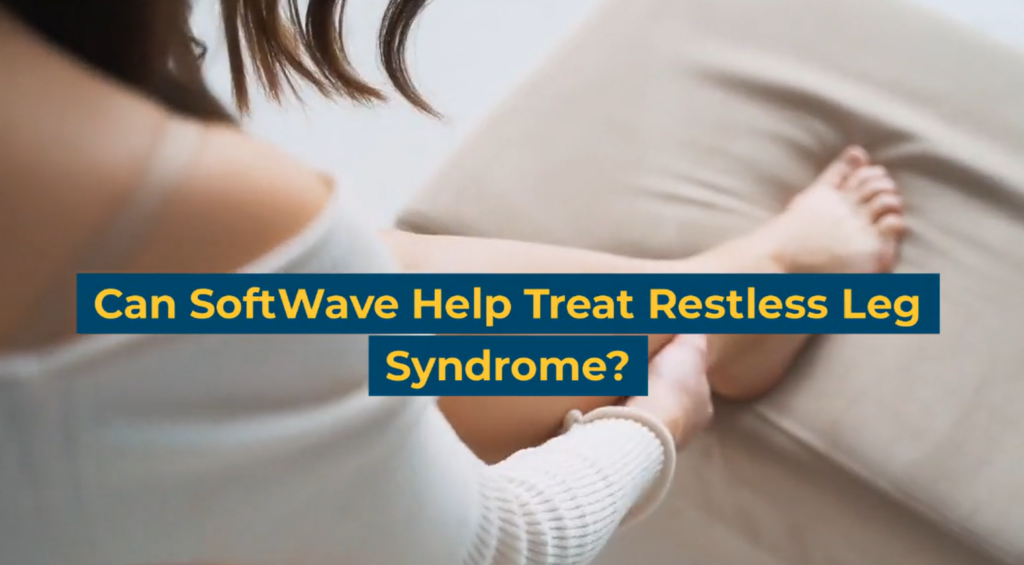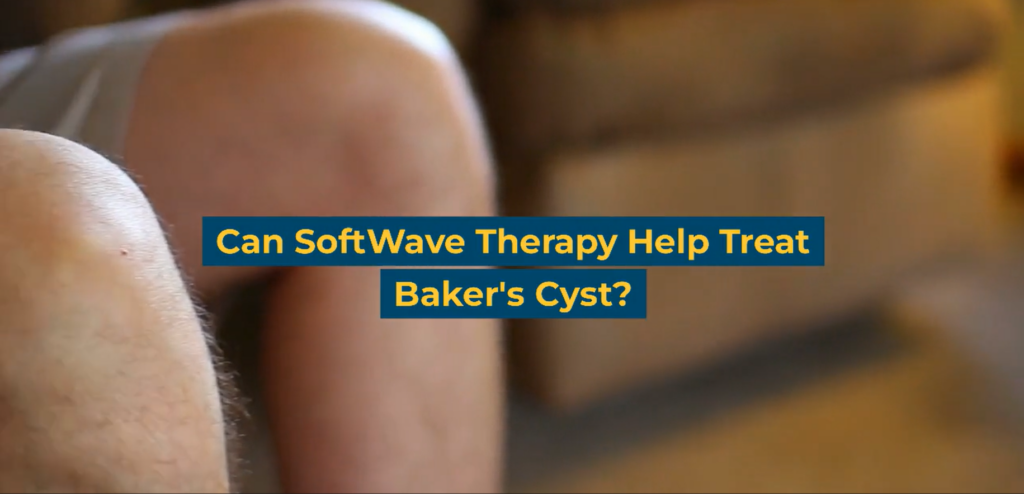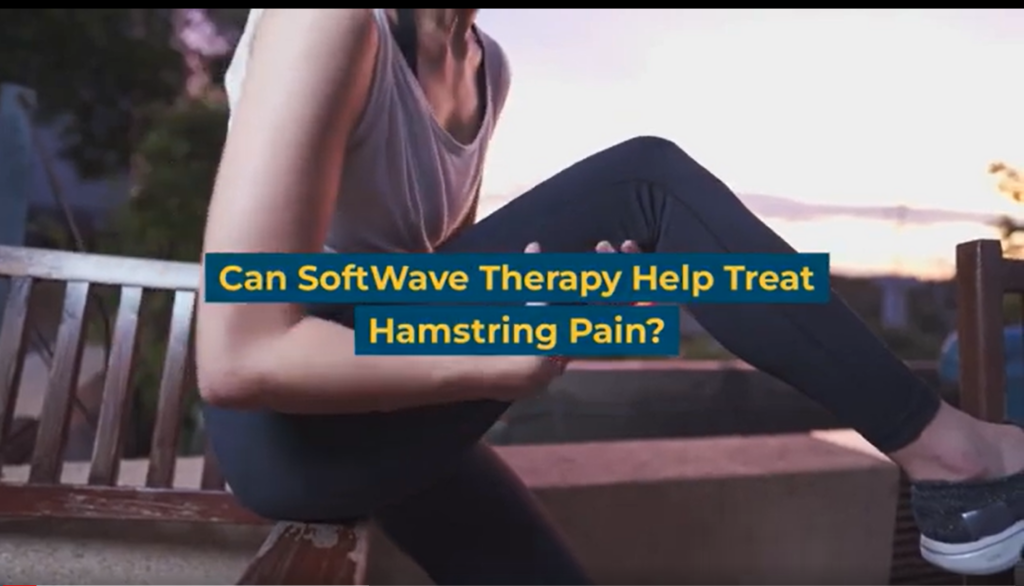Understanding Ehlers-Danlos Syndrome: Causes & Symptoms
Ehlers-Danlos Syndrome (EDS) is a genetic disorder that weakens connective tissues in the body due to mutations in genes that control collagen production. Collagen provides structure and support to various parts of the body, such as skin, joints, and organs. EDS symptoms can vary from person to person, including joint hypermobility, skin that bruises easily, chronic pain, gastrointestinal issues, muscle weakness, scoliosis, and fatigue.
There are 13 different types of EDS, with the most common types being hypermobile EDS, classical EDS, and vascular EDS. Hypermobile EDS is characterized by joint hypermobility, skin that bruises easily, and chronic pain. Classical EDS is characterized by stretchy, fragile skin that is easily bruised. Vascular EDS is the most severe form and can lead to life-threatening complications such as organ rupture and arterial dissection.
Diagnosis and Treatment Options for EDS
Diagnosing EDS can be challenging, as the disorder can present with a wide range of symptoms that vary in severity. Diagnosis typically involves a physical exam, medical history review, and genetic testing.
There are several treatment options available for EDS patients, including medications, physical therapy, and lifestyle changes. Medications may include pain relievers, muscle relaxants, and anti-inflammatory drugs. Physical therapy can help strengthen the muscles and improve joint stability, while lifestyle changes such as avoiding certain activities and wearing supportive braces or shoes can help manage symptoms.
However, new treatments such as SoftWave therapy are emerging as potential options for managing EDS symptoms by targeting the connective tissues directly.
SoftWave Therapy: What Is It and How Can It Help EDS?
SoftWave therapy is a non-invasive treatment that uses unfocused shockwaves to stimulate the body’s natural healing response. The therapy is performed using a device that emits low-intensity shock waves, directed at the affected body part. The sound waves penetrate deep into the tissues, promoting blood flow and encouraging the body to produce new, healthy tissue.
SoftWave therapy has been used to treat a wide range of conditions, including chronic pain, arthritis, and sports injuries. In recent years, this therapy has gained attention as a treatment option for EDS. SoftWave therapy can help improve joint stability and reduce pain, making it a great option for EDS patients who experience joint hypermobility and chronic pain.
SoftWave therapy is a safe and non-invasive treatment option that has minimal side effects. Patients typically experience a mild tingling sensation during treatment, but this is generally well-tolerated. SoftWave therapy sessions usually last between 15 and 30 minutes and can be performed in an outpatient setting.
What To Expect After EDS SoftWave Treatment
The effects of SoftWave therapy can vary depending on the patient and the severity of their condition. Some patients may experience immediate pain relief after treatment, while others may need multiple sessions before they notice a significant improvement in their symptoms.
While SoftWave therapy is not a cure for EDS, it can be a valuable tool for managing symptoms and improving quality of life. Patients who undergo SoftWave therapy may be able to reduce their reliance on medications and other treatment options, allowing them to enjoy a more active and fulfilling lifestyle.
Find Relief from Ehler’s Danlos Syndrome with SoftWave Therapy
SoftWave therapy shows significant potential as a treatment for Ehlers-Danlos Syndrome, offering benefits such as improved joint stability, pain reduction, and enhanced healing. This makes it a promising option for individuals with EDS who experience chronic pain and joint hypermobility.
If you or a loved one has Ehlers-Danlos Syndrome and are interested in exploring SoftWave therapy as a treatment option, find the nearest provider on your website today.
Disclaimer: The information provided in this blog is for educational and informational purposes only and is not intended as a substitute for professional medical advice, diagnosis, or treatment. The content provided in this blog should not be used to diagnose or treat any health problems or illnesses. Always consult with a qualified healthcare professional before making any changes to your healthcare routine or treatment plan.




